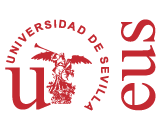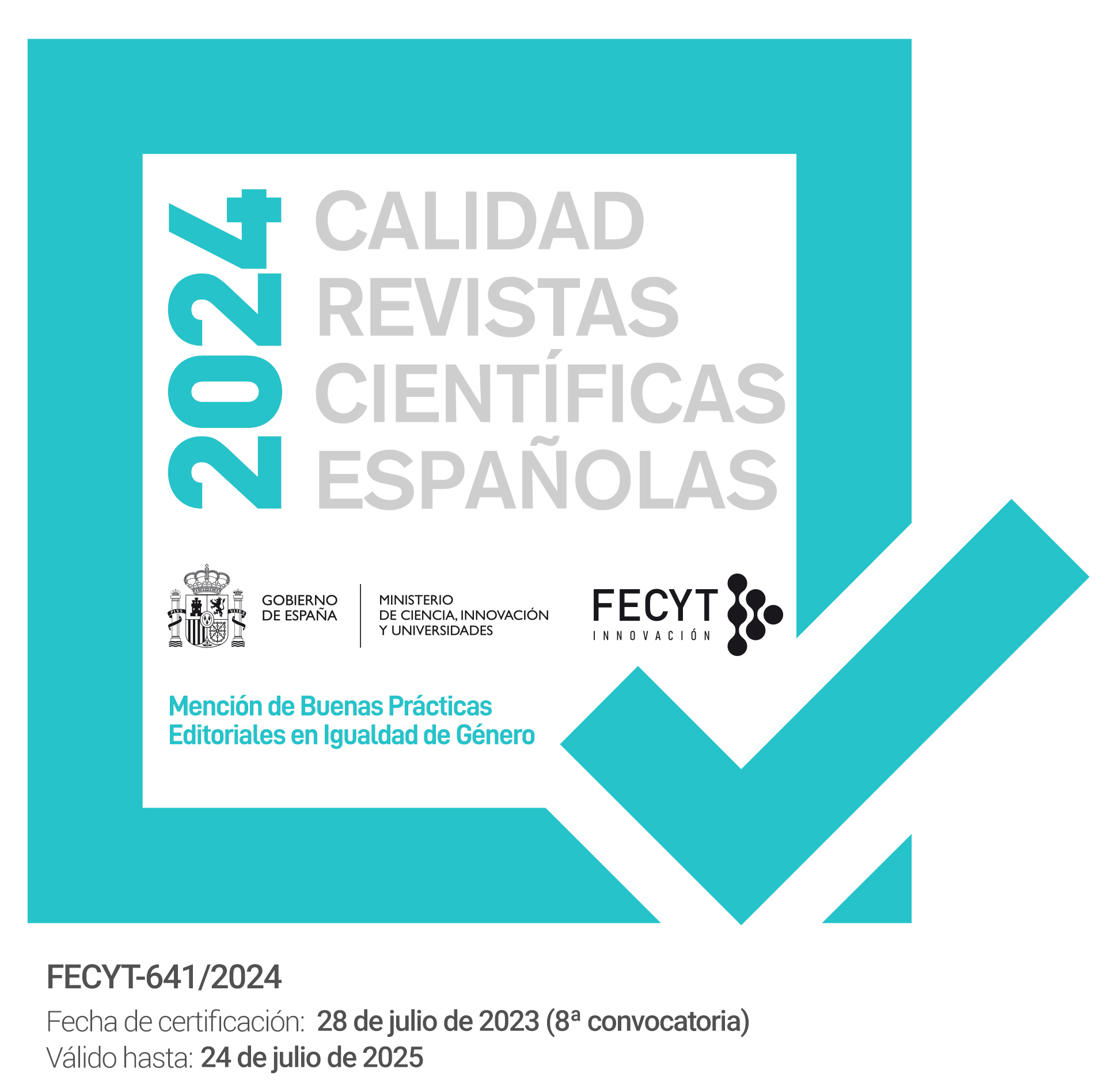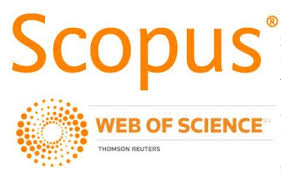Lo que los gestos dicen y las palabras callan: una entrevista con Clinton
DOI:
https://doi.org/10.12795/PH.2012.v26.i01.01Keywords:
verbal, nonverbal, strategies, gestures, paralanguageAbstract
This paper focuses on the study of televised interviews, a field of which there is a vast amount of literature (Bull and Elliot 1998; Carter and Mccarthy 2002; Clayman 1988, 1991, 1992, 1993; Greatbatch 1986, 1988, 1992; Harris 1986, 1991; and Heritage and Greatbatch 1991). Our objective is to analyse the use of verbal and nonverbal elements as communicative strategies in polit- ical interviews and more specifically in a televised interview with the ex-Presi- dent of the United States, Bill Clinton. We will attempt to discover the way in which politicians try to take advantage of verbal and nonverbal signals in tel- evised interviews.Downloads
References
Alan, B. (1991). The Language of News Media. Oxford: Blackwell
Atkinson, R. (1984). Our Masters’ Voices: The Language and Body Language of Politics, New York, Methuen.
Atkinson, J. M. y P. Drew (1979). Order in Court, Oxford Socio-Legal Studies, Atlantic Highlands, NJ: Humanities.
Blum-Kulka, S. (1983). “The dynamics of political interviews”. Text, 3, 131-153.
Bolinger, Dwight (1986). Intonation and its Parts, Stanford, California, Stanford University
Press.
Bull, P. (1994). “On identifying questions, replies, and non-replies in political interviews”.
Journal of Language and Social Psychology, 13 (2), 115-131.
Bull, P. y J. Elliot (1998). “Level of threat: Means of assessing interviewer toughness and neutrality”. Journal of Language and Social Psychology, 17: 220-244.
Bull, P. y K. Mayer (1993). “How not to answer questions in political interviews”. Political
Psychology, 14, 651-66.
Byron, D. y P. A. Heeman (1997). “Discourse marker use in task-oriented spoken dialog”.
Proceedings of Eurospeech’97. Internet <http://www.cs.rochester.edu/trs/ai-trs.
html> (25-05-2010).
Carter, R. y McCarthy, M. (2002). “From conversation to corpus: A dual analysis of a broadcast political interview”. Windows on the World. Media Discourse in English, A. Sánchez-Macarro (ed.), Valencia, Universitat de Valencia.
Clayman, S. E. (1988). “Displaying neutrality in television news interviews”. Social
Problems, 35, 474-492.
—, (1991). “News interview openings: Aspects of sequential organization”. Broadcast
Talk, P. Scannell (ed.), London, Sage, 48-75.
—, (1992). “Footing in the achievement of neutrality: the case of news-interview discourse”. Talk at Work. Interaction in Institutional Settings, P. Drew y J. Heritage (eds.),
Cambridge, Cambridge University Press, 163-198.
—, (1993). “Reformulating the question: A device for answering questions in news interviews and press conferences”. Text, 13, 159-188.
—, (2001). “Answers and evasions”. Language in Society, 30 (3), 403-442.
Cockcroft, R. y S. Cockcroft (1992). Persuading People. An Introduction to Rhetoric, London, Macmillan.
Duchenne, G. B. (1990). The mechanism of human facial expression or an electro-physiological analysis of the expression of the emotions (A. Cuthbertson, Traductor), Cambridge, Cambridge University Press. (Trabajo original publicado 1862).
Edwards, D. (1994). “Script formulations: A study of event descriptions in conversation”.
Journal of Language and Social Psychology, 13 (3), 211-247
—, (1995). “Two to tango: Script formulations, dispositions, and rhetorical symmetry
in relationship troubles talk”. Research on Language and Social Interaction, 28 (4),
-350.
—, (1997). Discourse and Cognition, London, Sage.
—, (2000). “Extreme Case Formulations: Softeners, Investment, and Doing Nonliteral”.
Research on Language and Social Interaction, 23(4): 347-73.
—, (2003). “Analyzing Racial Discourse: The Discursive Psychology of Mind-World
Relationships”. Analyzing Race Talk. Multidisciplinary Perspectives on the Research Interview, H. Van Den Berg, M. Wetherell y H. Houtkoop (eds.), Cambridge, C.U.P,
-48.
Ekman, P., W. V. Friesen y P. Ellsworth (1972). Emotion in the Human Face: Guidelines
for Research and an Integration of Findings, Elmsford, New York, Pergamon
Press Inc.
Ekman, P., W. V. Friesen and M. O’Sullivan (1988). “Smiles when lying”. Journal of Personality and Social Psychology, 54: 414-420.
Greatbatch, D. (1986). “Aspects of topical organization in news interviews: The use
of agenda-shifting procedures by IEs”. Media, Culture and Society, 8, 441-455.
—, (1988). “A turn-taking system for British news interviews” en Language in Society,
, 401-30.
—, (1992). “On the Management of Disagreement between News Interviewees” en P.
Drew and J. Heritage (eds.) Talk at Work. Cambridge, England: Cambridge University Press, 268–301.
Hall, E. T. (1973). The Silent Language, New York, Anchor Press.
Harris, R. M. y D. Rubinstein (1975). “Paralanguage, Communication, and Cognition”. Organization of Behavior in Face-to-Face Interaction, A. Kendon, R. M. Harris y M. R. Key (eds.), The Hague, Mouton Publishers, 251-276.
Harris, S. (1986). “IRs’ questions in broadcast interviews”. Belfast Working Papers in
Language and Linguistics, J. Wilson y B. Crow (eds.), Jordanstown, University of Ulster,
-85.
—, (1991). “Evasive actions: How politicians respond to questions in political interviews”.
Broadcast Talk, P. Scannell (ed.), London, Sage, 76-99.
Hellweg, S., M. Pfau and S. R. Brydon (1992). Televised Presidential Debates: Advocacy
in Contemporary America, New York, Praeger.
Heritage, J. y D. Greatbatch (1991). “On the institutional character of institutional
talk: The case of news interviews”. Talk and Social Structure, D. Boden y D. H. Zimmerman
(eds.), Cambridge, Polity Press, 95-129.
Heritage, J. y A. L. Roth (1995). “Grammar and institution: Questions and Questioning
in the Broadcast News Interview”. Research on Language and Social Interaction,
, 1-60.
Heritage, J. (2003). “Designing questions and setting agendas in the news interview”.
Studies in Language and Social Interaction, C. D. LeBaron y J. Mandelbaum (eds.),
London, Lawrence Erlbaum, 57-90.
Knapp, M. L. (1980). Essentials of Nonverbal Communication, Chicago, Holt, Rinehart
and Winston.
McNeill, D. (1985). “So you think gestures are nonverbal?”. Psychological Review, 92(3), 350-371.
Mehrabian, A. (1972). Nonverbal Communications, Aldine-Atherton, Chicago, Illinois.
Pomerantz, A. (1986). “Extreme Case Formulations: A Way of Legitimizing Claims”.
Human Studies, 9: 219-229.
Poyatos, F. (2002). Nonverbal Communication Across Disciplines, Amsterdam, John
Benjamins.
Ramsey, S. J. (1979). “Nonverbal behavior: an intercultural perspective”. Handbook of
Intercultural Communication, M. K. Asante, E. Newmark y C. A. Blake (eds.), Beverly
Hills, California, SAGE Publications, 105-143.
Richmond, V. P., J. C. McCroskey y S. K. Payne (1991). (Segunda edición) Nonverbal
Behavior in Interpersonal Relations, Englewood Cliffs, New Jersey, Prentice-Hall, Inc.
Schiffrin, D. (1985). “Conversational coherence: The role of well”. Language, 61(3):
-667.
—, (1987). Discourse Markers, Cambridge, New York, Cambridge University Press.
Sornig, K. (1989). “Some Remarks on Linguistic Strategies of persuasión”. Studies on
Political Discourse, R. Wodak (ed.), Amsterdam, John Benjamins, 95-113
Tracey, M. (1977). The Production of Political Television, London, Routledge & Kegan
Paul. Watzlawick, P., J. H. Beavin y D. D. Jackson (1967). Pragmatics of Human Communication: A study of Interactional Patterns, Pathologies, and Paradoxes, New York, W. W. Norton and Company, Inc.
Zillman, D. (1972). “Rhetorical Elicitation of Agreement in Persuasion”. Journal of Personality and Social Psychology, 21:2, 159-165.
Downloads
Published
How to Cite
Issue
Section
License
The printed and electronic editions of this Journal are edited by the University of Seville Editorial, and the source must be cited in any partial or total reproduction.
Unless otherwise indicated, all the contents of the electronic edition are distributed under a license of use and distribution “Attribution-NonCommercial-NoDerivatives 4.0 International” . You can view the informative version and the legal text of the license here. This fact must be expressly stated in this way when necessary.
Authors who publish in this journal accept the following conditions:
- The author/s retain copyright and grant the journal the first publication right, and accept it to be distributed with the Creative Commons By NC ND 4.0 licence, which allows third parties to use what is published whenever they mention the authorship of the work and the first publication in this journal and whenever they do not make commercial use and reuse it in the same way.
- Authors can make other independent and additional contractual agreements for the non-exclusive distribution of the article published in this journal (e.g., include it in an institutional repository or publish it in a book) provided they clearly indicate that the work was published for the first time in this journal.
Authors are allowed and recommended, once the article has been published in the journal Philologia Hispalensis (online version), to download the corresponding PDF and disseminate it online (ResearchGate, Academia.edu, etc.) as it may lead to productive scientific exchanges and to a greater and faster dissemination of published work (see The Effect of Open Access).
- Abstract 185
- PDF (Español (España)) 55







